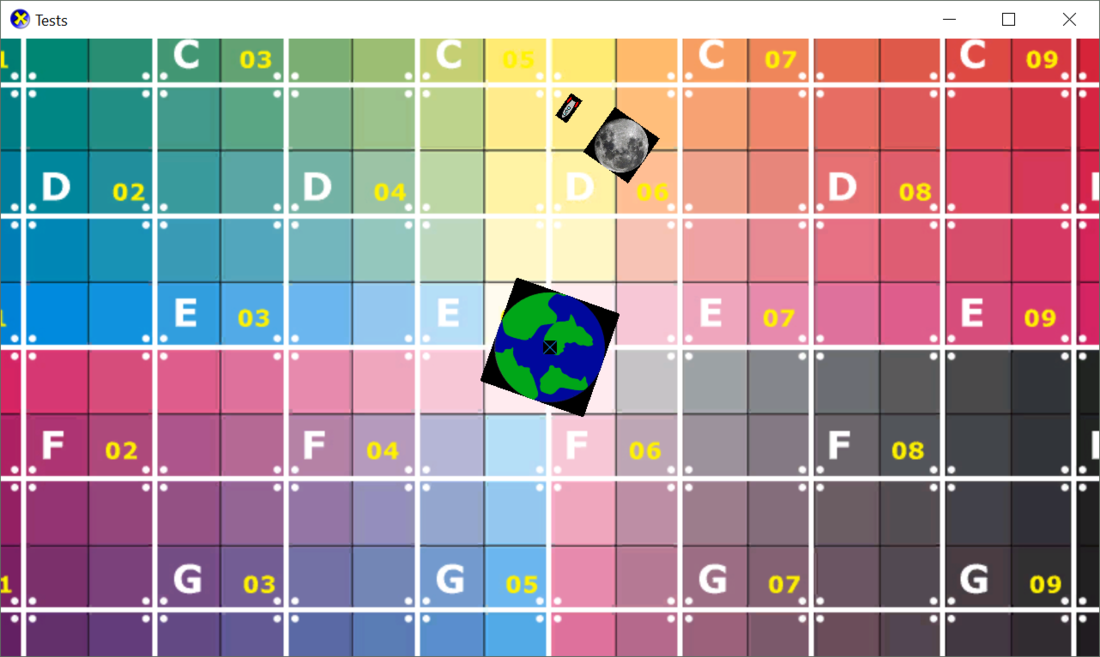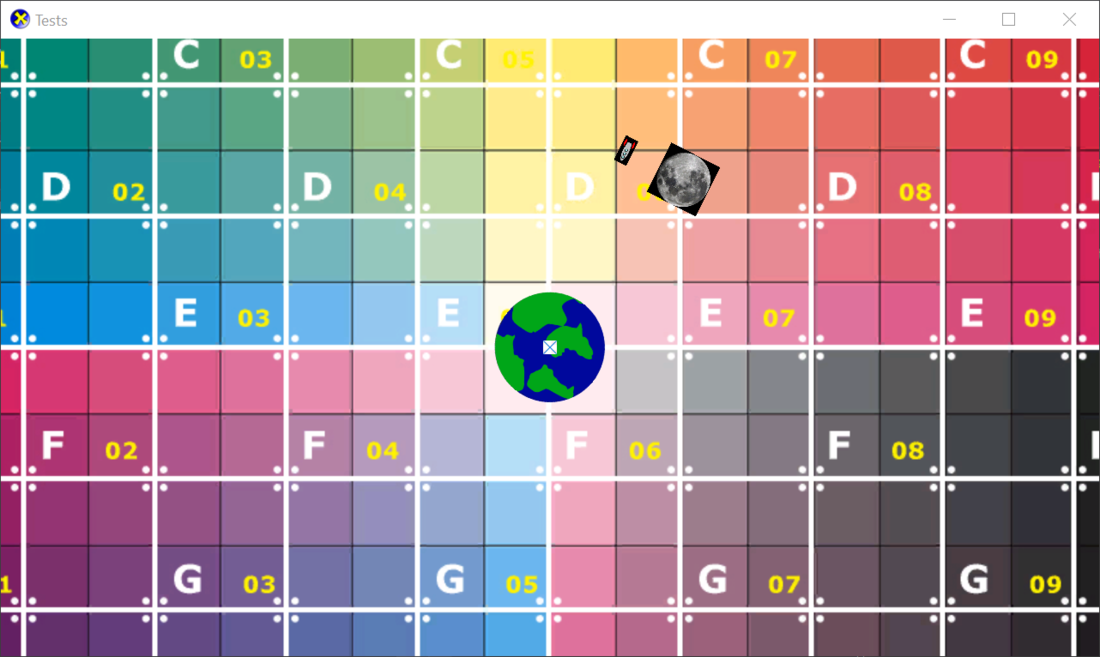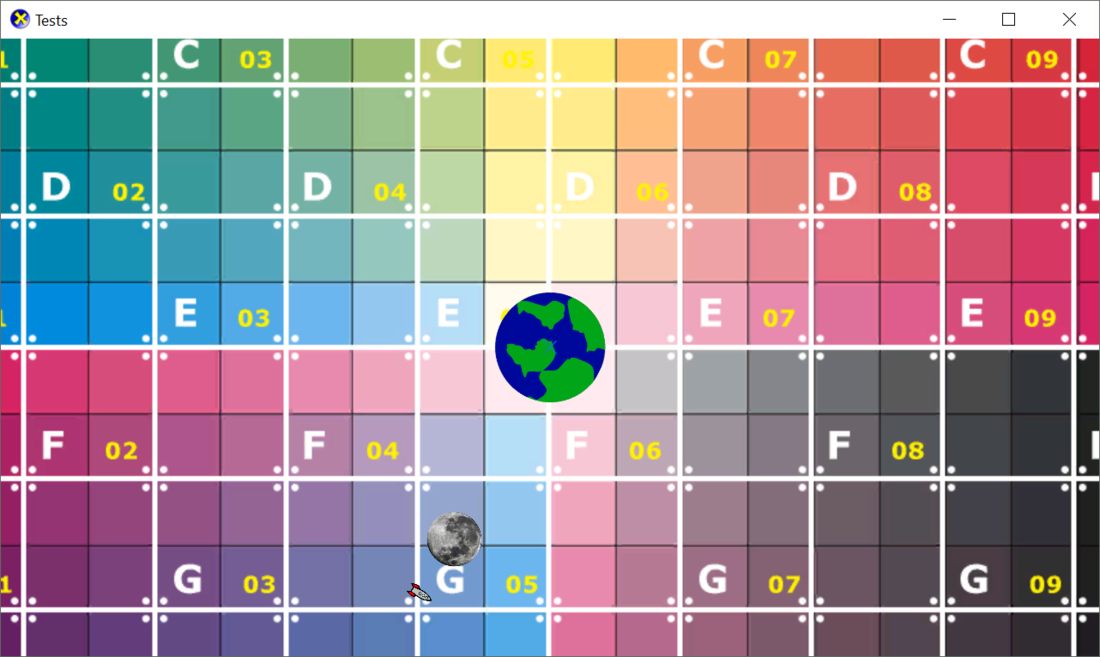Hi there, I have an issue with the SpriteRenderer I have developed. I seem to be getting different alpha blending from one run to the next.
I am using DirectXTK and have followed the advise in the wiki and have converted all my sprite images to pre-multiplied alpha using TexConv.exe:
texconv -pow2 -pmalpha -m 1 -f BC3_UNORM -dx10 -y -o Tests\Resources\Images Tests\ResourceInput\Images\*.pngand here is the code that applies the blend states (using the DIrectXTK CommonStates class):
ID3D11BlendState* blendState = premultAlphas ? m_commonStates->AlphaBlend() : m_commonStates->NonPremultiplied();
m_deviceContext->OMSetBlendState(blendState, nullptr, 0xffffffff);Can anyone think of what I am doing wrong?






